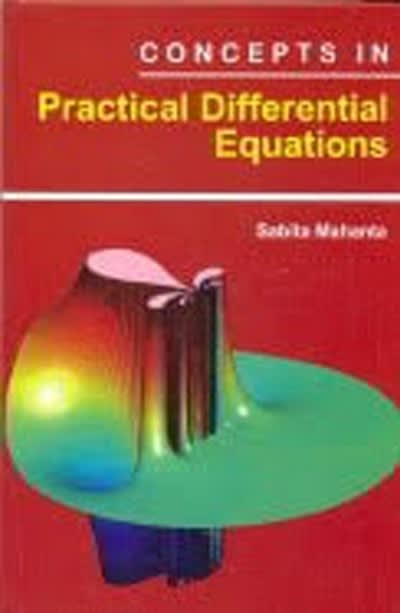Find solutions
Question 15 1 pts The figure shows a cubical Gaussian Surface; at the center of the cube is a point charge (the circle) with charge 189. What could explain the flux through BOTTOM face of the Gaussian Surface being 2q,/Eg? TOP BOTTOM An unshown positive charge located above the TOP face of the Gaussian Surface. An unshown negative charge located below the BOTTOM face of the Gaussian Surface. None of the other answers can explain this situation. An unshown positive charge located below the BOTTOM face of the Gaussian Surface. O An unshown positive charge located within the Gaussian Surface.A point charge is placed at the center of spherical Gaussian surface. The electric flux is changed if: O the sphere is replace by cubic shape Gaussian surface of same volume O the sphere is replace by cubic shape Gaussian surface of smaller volume O The point charge is moved off the center but still inside the spherical Gaussian surface O The point charge is moved outside of the spherical Gaussian surface O a second point charge is placed just outside of the Gaussian surfaceThe figure shows a cubical Gaussian Surface; at the center of the cube is a point charge (the circle) with charge -12q,. What could explain the flux through TOP face of the Gaussian Surface being -q1/ED? TOP BOTTOM O None of the other answers can explain this situation. An unshown positive charge located above the TOP face of the Gaussian Surface. An unshown negative charge located above the TOP face of the Gaussian Surface. O An unshown negative charge located below the BOTTOM face of the Gaussian Surface. O An unshown negative charge located within the Gaussian Surface.A Gaussian surface B Gaussian surface C +Q +Q A charge of +Q is distributed in different ways within a Gaussian surface. In A it is uniformly distributed throughout the volume of the sphere, in B it is concentrated at a point at the center and in C it is uniformly distributed on a spherical shell lying just inside the Gaussian surface. For which of the configurations (A, B, or C) is the flux through the spherical Gaussian surface the largest










